Robert Lea is a science journalist in the U.K. whose articles have been published in Physics World, New Scientist, Astronomy Magazine, All About Space, Newsweek and ZME Science. He also writes about science communication for Elsevier and the European Journal of Physics. Rob holds a bachelor of science degree in physics and astronomy from the U.K.’s Open University. Follow him on Twitter @sciencef1rst.
Latest articles by Robert Lea
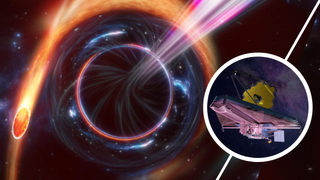
James Webb Space Telescope finds black holes that waited patiently before devouring stars in dusty galaxies
By Robert Lea published
Using the James Webb Space Telescope, astronomers hunted supermassive black holes devouring stars in dusty galaxies — but laying in wait for their stellar victims.
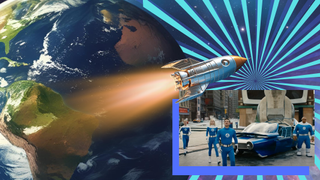
Cosmic rays gave the Fantastic Four their incredible powers — but what do they really do?
By Robert Lea published
It's 1961, and four intrepid cosmic explorers journey to space under the leadership of Reed Richards, where they encounter cosmic rays that change them forever. But what are cosmic rays?
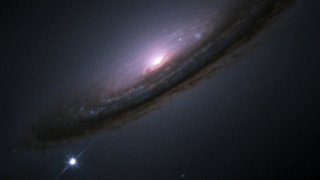
Largest-ever supernova catalog ever provides further evidence dark energy is weakening
By Robert Lea published
A catalog of over 2,000 exploding white dwarf vampire stars, the largest ever gathered, has provided further evidence that dark energy is weakening.
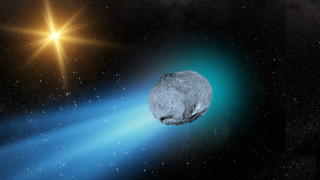
Interstellar invader Comet 3I/ATLAS is packed with water ice that could be older than Earth
By Robert Lea published
Scientists have examined the interstellar invader 3I/ATLAS, finding evidence that it is packed with water that could be older than the solar system.
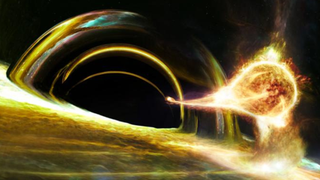
This star escaped a supermassive black hole's violent grips — then returned for round 2
By Robert Lea published
A death-defying star survived destruction by a ravenous supermassive black hole in a tidal disruption event, and came back to let the cosmic titan take another bite!
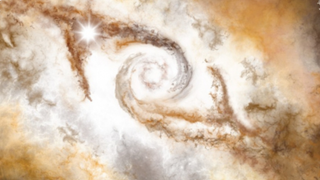
This 200-light-year-wide structure could be feeding our galaxy's center: 'No one had any idea this cloud existed'
By Robert Lea published
Astronomers have discovered a 200-light-year-wide Giant Molecular Cloud dubbed the Midpoint cloud that seems to be feeding star-building material to the heart of the Milky Way.
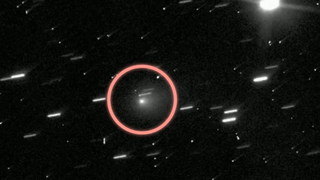
Hubble spots interstellar invader Comet 3I/ATLAS for the first time
By Robert Lea published
The long-serving space telescope saw the third interloper to enter the solar system from beyond its limits late on Monday morning (July 21).
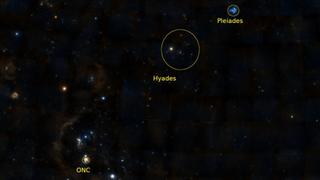
These 3 popular skywatching star clusters may be branches of the same family tree
By Robert Lea published
The Orion Nebula, the Pleiades and the Hyades open clusters could represent the different phases of star clusters: baby, adolescent and elderly.
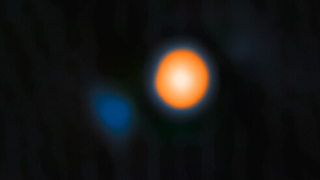
Astronomers crack 1,000-year-old Betelgeuse mystery with 1st-ever sighting of secret companion (photo, video)
By Robert Lea published
Astronomers have finally imaged the long theorized companion star of Betelgeuse, solving a mystery regarding its dimming that has persisted for millennia.

What are these strange swirls around an infant star? 'We may be watching a planet come into existence in real time'
By Robert Lea published
Astronomers have discovered a baby exoplanet "spiral architect" carving complex swirls into a disk of gas and dust around the young star HD 135344B.
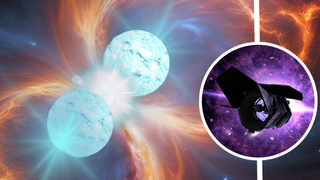
NASA's Roman Space Telescope could discover 100,000 new cosmic explosions: 'We're definitely expecting the unexpected'
By Robert Lea published
Supernovas, kilonovas, gamma-ray bursts... oh my! The Nancy Grace Roman Space Telescope will uncover 100,000 of these explosions and many more powerful and violent cosmic events.

Astronomers discover strange solar system body dancing in sync with Neptune: 'Like finding a hidden rhythm in a song'
By Robert Lea published
Astronomers have discovered an object at the edge of the solar system that is locked in a strange rhythmic dance with the ice giant Neptune.
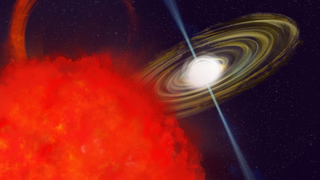
Newly discovered 'cosmic unicorn' is a spinning dead star that defies physics: 'We have a real mystery on our hands'
By Robert Lea published
Two teams of astronomers have simultaneously discovered a strange, spinning dead star that seems to defy our current understanding of both neutron stars and white dwarfs.
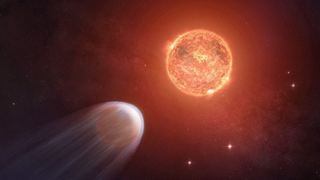
'The future for this baby planet doesn’t look great.' Exoplanet is shrinking before the X-ray eyes of NASA's Chandra space telescope
By Robert Lea published
Astronomers have used the Chandra X-ray telescope to observe an exoplanet as it disintegrates because its parent star is bombarding it with radiation.
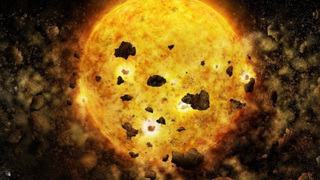
A doomed exoplanet is caught in a 'death spiral' around its star. Can it survive?
By Robert Lea published
A massive doomed exoplanet on a death spiral toward its parent star has three possible catastrophic fates.
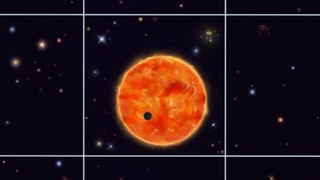
Bad news for alien life? Earth-size planets may be less common than we thought
By Robert Lea published
Up to 200 worlds investigated by NASA's exoplanet-hunting TESS satellite could be bigger than predicted, a finding that could impact our search for alien life.
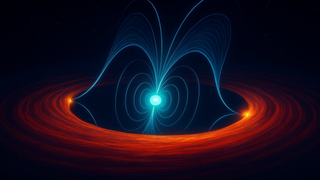
NASA X-ray spacecraft reveals secrets of a powerful, spinning neutron star
By Robert Lea published
Observations of a pulsar, consisting of a dead star spinning 600 times a second, and feasting on a stellar companion reveal the source powering its emissions.
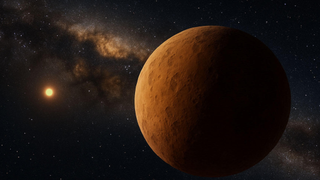
Astronomers discover a cosmic 'fossil' at the edge of our solar system. Is this bad news for 'Planet 9'?
By Robert Lea published
Astronomers using the Subaru Telescope have discovered a strange new body in a weird orbit at the edge of the solar system, which could be bad news for Planet Nine theories.
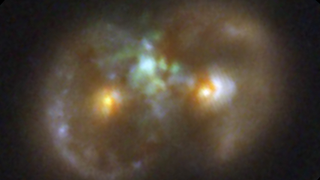
JWST finds unusual black hole in the center of the Infinity Galaxy: 'How can we make sense of this?'
By Robert Lea published
Everything about the Infinity Galaxy, recently discovered by the JWST, is strange. One odd feature could be the 1st evidence of a "direct collapse" black hole.
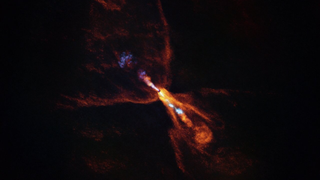
Astronomers witness the birth of a planetary system for the 1st time (video)
By Robert Lea published
Astronomers have witnessed the birth of an entirely new star system for the first time. The budding planets are forming around the infant star HOPS-315.

Our Milky Way galaxy may be surrounded by 100 undetected 'orphan' galaxies
By Robert Lea published
New research suggests that the Milky Way should be surrounded by as many as 100 undetected tiny and faint "orphan" galaxy companions.
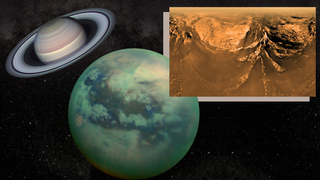
The precursors of life could form in the lakes of Saturn's moon Titan
By Robert Lea published
New research indicates that cellular "pockets" that are the first step toward protocells, the precursors of life, could form in the methane seas of Saturn's moon Titan.
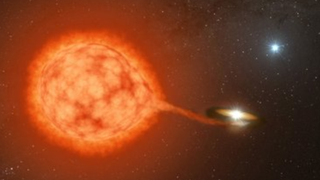
Ravenous 'vampire' stars may use cosmic accomplices to help devour stellar victims
By Robert Lea published
Astronomers have discovered that vampire white dwarfs that feast on victim companion stars have assistance in acquiring prey in the form of lurking third stars.
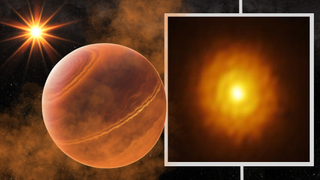
Astronomers discover monster exoplanet hiding in 'stellar fog' around young star
By Robert Lea published
A monster exoplanet as big as 10 times the size of Jupiter has emerged from the stellar gas and dust surrounding a young star, thanks to the telescope tag team of Gaia and ALMA.
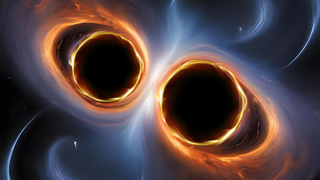
Gravitational waves reveal most massive black hole merger ever detected — one 'forbidden' by current models
By Robert Lea published
Gravitational wave detectors have "heard" the ripples in space caused by the most massive black hole merger yet. One "forbidden" by current theoretical models.
Breaking space news, the latest updates on rocket launches, skywatching events and more!

